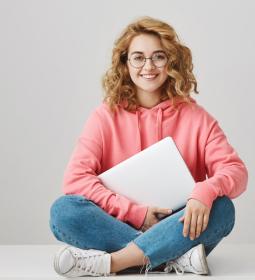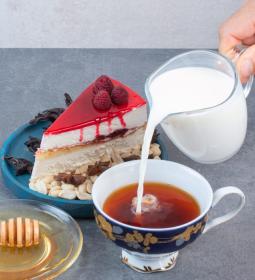The Belgian flag is a classic vertical tricolor, similar to the French, but in the national colors of the Belgian kingdom - black, yellow and red, rising to the colors of the Duchy of Brabant. The design is borrowed from neighbors from the south-west. The proportion of the flag is unusual - 13 to 15.
At the very beginning, shortly after independence in 1830, the colors were lined up horizontally; in January 1831 the constituent assembly determined their composition, but not the direction and order.

Glorious past
After the death of Charlemagne, the lands of Belgium minus Flanders fell into the share of the son of Lothar - and its flag was a red field, cut with a white stripe. Then, after several centuries of glorious history in the thick of French and imperial events, the territories were taken over by the Spanish Habsburgs.
Having been crowned, Emperor Charles V added to the previous set of Spanish - yellow and red. From the middle of the XVI to the last quarter of the XVIII century, the striped flag with the national colors of Lorraine and the Spanish, as well as the Burgundian cross, were used here.
With the change of the imperial crown from Spanish to Austrian, the Kaiser in Vienna decided to use the flag of Austria with the corresponding eagle. But the population did not appreciate such an innovation and turned its eyes to the tricolor (especially since the revolution had just begun in France).
Colors have a symbolic meaning:
- red pays tribute to the lion of Hennegau, Limburg and Luxembourg
- black – Flanders and Namurian
- yellow – Brabant.
Flag of Independence
The starting point in the Belgian revolution was the performance of "Muete de Portzi" at the Monnes Theater of Brussels (La Monnaie), timed to coincide with the next birthday of the Dutch King William.
The very first banner unwrapped by the rebels was a French flag made of blankets and curtains borrowed by the rebels from the apartment of Georges Libre Bagnon, the editor-in-chief of one of the Orangeist newspapers, who for obvious reasons did not find love among the Belgians.
Although there were no Belgians as such, the most common slogan of the anti-Dutch uprising was reunification with France – these calls enjoyed a certain popularity in the streets of Liège and Namur, as well as in Luxembourg and Hennegau: Francophilism was the passion of all Belgians in the summer of the 30th year.
Other sources, however, are not so complementary: it is claimed that the French flags were the work of Parisian agents, and the crowd royal colors of the southern neighbor were as hated as the northern one.
However, French flags almost universally replaced the orange banner of the Dutch royal family – despite the fact that among the slogans at this stage there was no independence, only autonomy or the creation of a dynastic or personal union under the rule of a common monarch. In other places, local colors were used - for example, in Verviers the white and green banners fluttered, and in Dinan - the yellow-red flag of the feudal bishopric. Mons and Tour were in no hurry to react, but the local intelligentsia decided to use red and white colors to prevent pro-French protests. And in the future capital, of course, everything was dominated by Brabant colors.

Against the background of these revolutionary events, the Belgian Walloon nobility formed detachments of armed militia, which acted under the above-mentioned black, yellow and red - in an arbitrary order.
Soon, with the light hand of lawyer Lucien Jottard and editor of the courier newspaper Lower Lands Eduard Dakpesch, a version with horizontal stripes was developed. The owner of the women's dress store, Marie Abts, made a dozen copies, which were placed in the town hall and hung on the most significant city buildings. This flag was considered a compromise to prevent the use of French colors. Although journalists hastily came up with dozens of stories: they say, the same symbol was the banner of the Brabant revolution in the eighties of the XVIII century, although then it was more likely that it was a question of countless eclectic emblems, each detachment of its own, imbued with allegories or clerical symbols.
Among the trophies of the Austrians, not a single banner or pennant in the colors of Brabant is mentioned However, on September 30, the administration decided that the flag was recognized as national; this was soon confirmed by the Constituent Assembly, and just a month later the National Guard of the new state was obliged to wear a cockade in appropriate colors.
Soon the decree established the vertical arrangement of colors, and on February 7 the flag was fixed in one of the constitutional articles of the new state. In a hurry, the deputies prescribed that three colors were used on the flag, but they forgot to specify in what proportions and form. Therefore, for almost a year, until September 1832, everything went on as usual, and everyone used the sign that he liked more.
Everything was changed by the royal decree on granting municipalities that distinguished themselves during the revolution, honorary flags built on the motif of the tricolor with vertical black, golden and red stripes. Extremely proud of the new symbols, the rulers of municipalities have done a lot to popularize them. The horizontal flag was soon forgotten.















